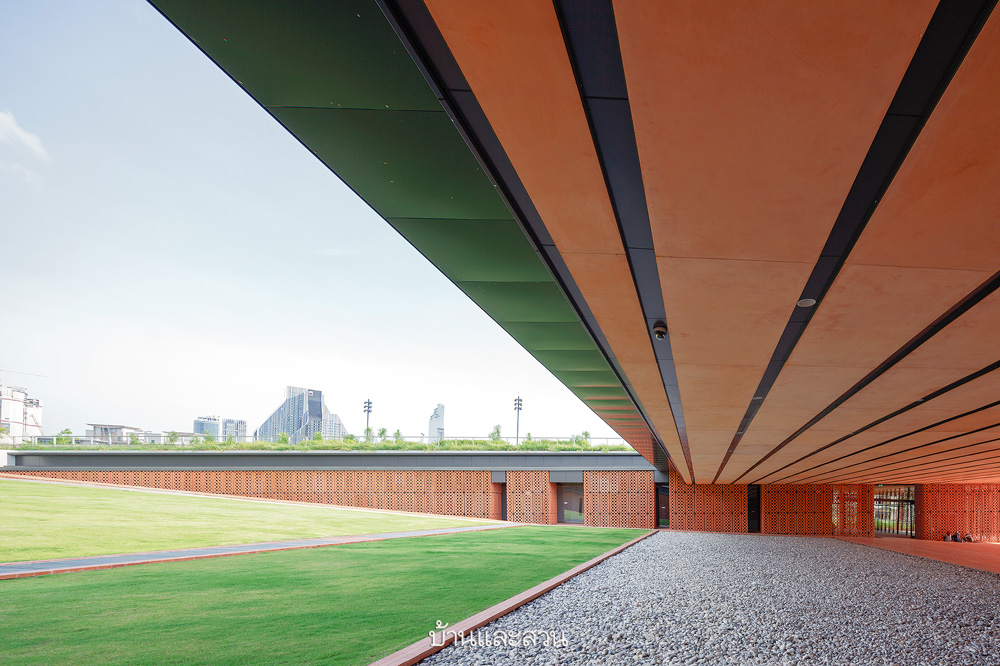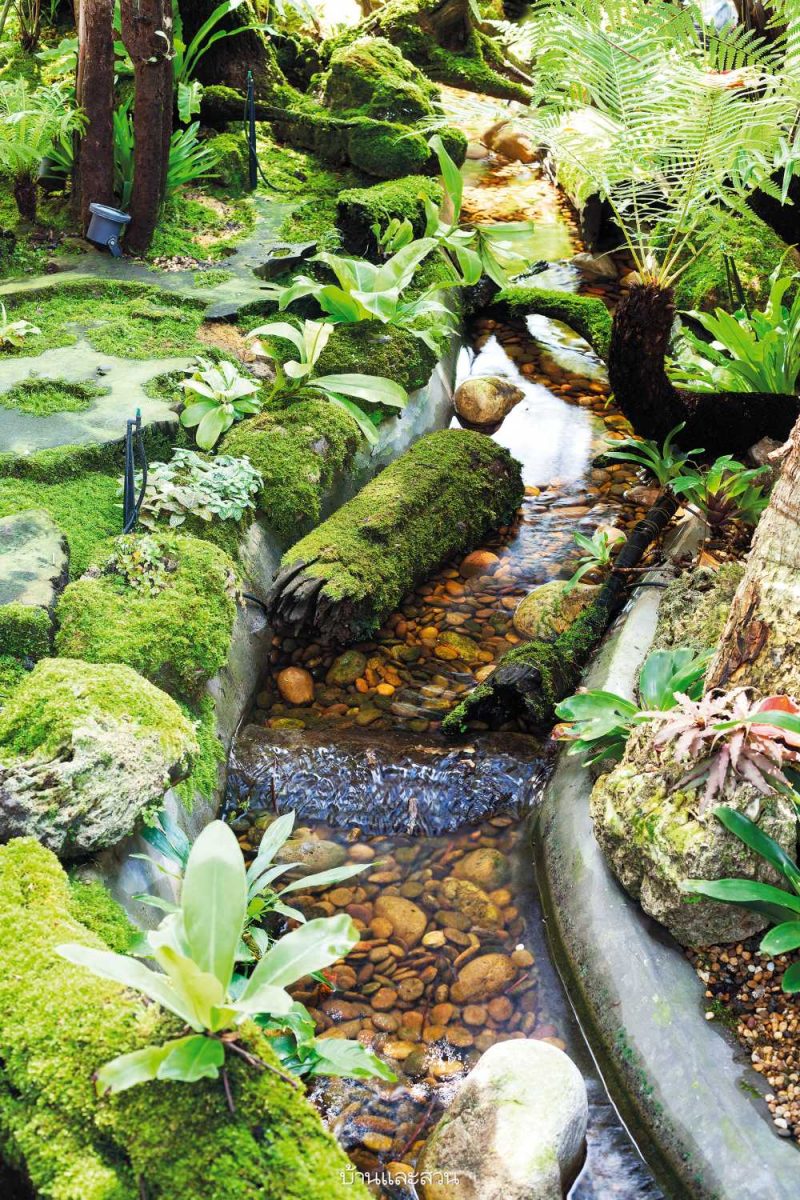Typically, a typical residential house must have a drainage system, namely, kitchen waste water. waste water from the toilet and effluent from rain gutters All the systems mentioned above are connected to the manholes. and then continue to drain to public water pipes.
but if it is related to the garden It would be more about drainage of rainwater and drainage from the soil surface in the garden. Therefore, placing a good drainage system in the garden will help prevent waterlogging. make trees grow beautiful Some gardens have clay soil conditions. The groundwater level is high because the soil that is used to fill the house often has clay mixed with it. Cause waterlogging in a basin, so the drainage system in the garden. will help solve the problem which has a total of 3 methods
10 water-resistant plants that can be planted in gardens on land But if there is a flood, it will not die.
Restoring gardens and taking care of plants after flooding
1. Drainage system on the soil surface.
At present, most of the residential projects have land reclamation much higher than before. So we just adjust the slope of the soil so that the slope of the area is about 1–10 percent. For example, a horizontal distance of 100 units should be 8 units of height between the area from the highest point to the lowest point. It is called having. Slope 8 percent to allow water to flow to the pond inside the house. In addition, the area where the slatted floor, cement floor, or other material floor is the location to check the slope level well. to prevent flooding If necessary, additional drainage holes may be installed in the ground and then buried pipes connecting to the collective drainage.
• Roads 0.5-8 %
• Parking lots or activity areas 0.5-5 %
• Pathways to the house or around the house 1 -4 percent
• footpath 1-8 percent
• slope 1-10 percent
• garden lawn 2-3 percent
• Drainage 2-10 percent.

2. Underground drainage system
Suitable for clay soil conditions where drainage is quite difficult. or unable to adjust the slope of the soil to be very low, often flooded with high groundwater levels If using the method of drainage on the surface of the soil, it is definitely not possible. therefore needing to add to the underground drainage system Test by watering the soil. to observe the seepage of water Once you know the location of the pipes, then dig the soil to lay the long PVC pipes to the sump.
Before laying the pipes, the pipes for seepage should be drilled. Covered with geotextile sheets Alternatively, if you don’t have one, you can use nylon mesh instead. to prevent soil debris from getting clogged Cover with fine stone, construction stone, coarse sand, and finish with soil for laying grass. plant trees as needed If it is a very large place and there are too many flooding problems. May have to place a drainage system in a fishbone line instead.

3. Drainage groove
This forces water to indirectly flow from an obstruction or forcing it to flow to a desired point. By using a pattern similar to the drainage system on the soil surface. But add a line or a drainage ditch up. The form of the drainage trench may use PVC pipes to be cut in half and placed longitudinally. or forming a cement chute Sprinkle the gravel to decorate it beautifully. When looking at it, it doesn’t feel like a drainage ditch. Make it look like it’s the same part as the garden.


Things to consider when building a drainage system
To get the best and easiest drainage system for your home garden. Must consider the shape of the land area of the house before it is shaped. And how to make the main pipe as short as possible. The important thing is that when connected, the level of the mouth of the pipe resting inside and outside must fit together. Prevent water from flowing back into the house. In addition, before laying the pipes, it is necessary to check carefully if there are any pipes where it is. Both sprinkler and lighting systems If you don’t know, you may have to dig open the soil to make sure. to prevent damage and potential hazards When you know the location, don’t forget to mark it as well.
Tips
• Once underground drains have been placed, There should be a layer of gravel or construction stone, a layer of sand and clay bricks placed over it as a future landmark for the pipe placement.
• The manhole cover may be made of beautiful materials that are suitable for the garden. May find a beautiful plant pot to put on top Or sprinkle gravel to cover the cover of the unsightly pond. In addition, if you want to open the manhole cover in the future, it will be able to be activated easily.
• If the existing drainage system in the house is in the wrong position. Able to relocate the drainage method.
• The high groundwater level will affect the trees. Sometimes it may be necessary to dig a slightly shallower planting hole. and raise the soil But if you are afraid that it will not be beautiful, you must turn to the underground drainage system instead.
• Sand pit for children to play. There should be an underground water system. to prevent flooding within the sand pit




